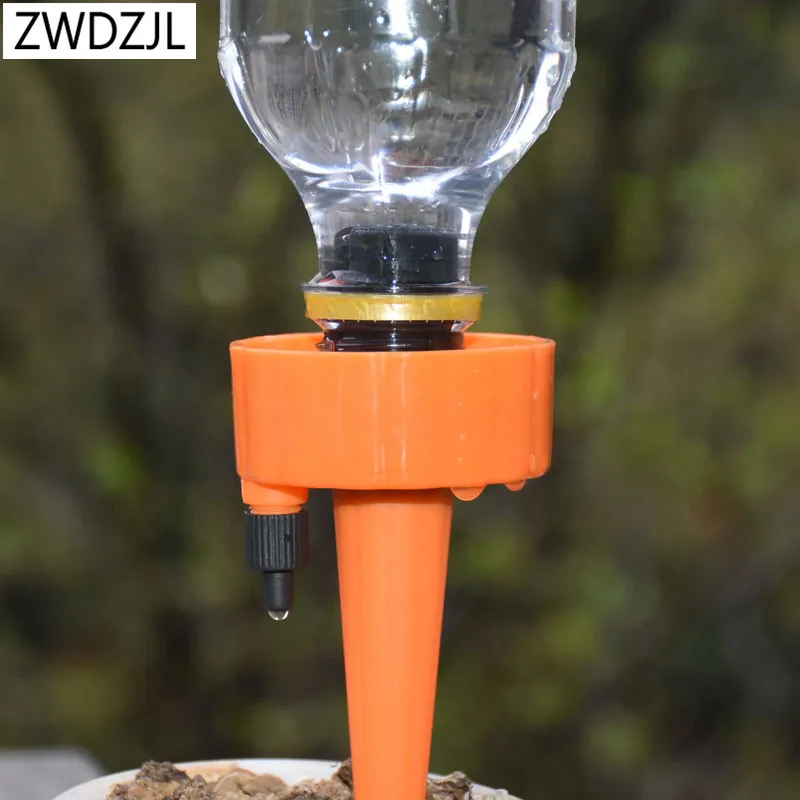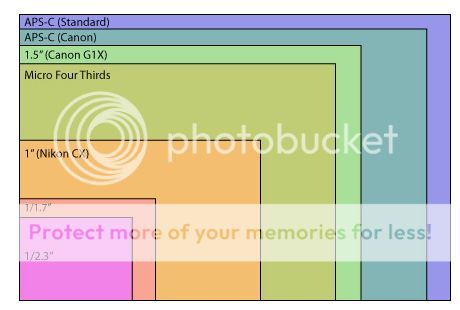

Dedicated CCD and CMOS astro-cameras come with various sensor sizes and formats as well, but for the sake of this article, we’ll be sticking with the sensor formats used by the majority of DSLRs and mirrorless cameras that are popular for astrophotography namely, Canon and Nikon DSLRs and Sony and Fuji mirrorless. There are other sensor sizes like APS-H, Micro 4/3 and Medium Format. This will be explained in greater detail further in this article.
Full frame vs micro 4 3 full#
The smaller sensor size affects the magnification and field of view you get from a particular focal length compared to a full frame. The term “full frame equivalent” is used for lenses used on APS-C cameras. Nikon refers to their crop sensor size as DX. The physical sensor size is smaller than a full frame (1/1.5 or 0.67x for 1.5 crop factor, 1/1.6 or 0.625x for 1.6 crop factor), but retains the same 3:2 aspect ratio of their full frame big brothers. Nikon refers to their full frame sensor size as FX.Ĭrop sensor, or APS-C offers smaller sensor sizes that are a subset of the full 35mm sensor size, or a “crop” of that. This is the base standard for all DSLR cameras. The physical sensor size is 36 x 24mm, the same size as a 35mm film cell. Crop sensors come in various physical sizes but most offer crop factors of 1.5 or 1.6x.įull Frame is the equivalent of 35mm film producing an image with a 3:2 aspect ratio.

These sensor sizes are based on 35mm film camera. Although implemented differently by different camera manufacturers, the concept is the same. Nowadays, we find there are far more choices available, but when speaking about DSLRs and in some case, mirrorless cameras, there are 2 basic categories that cover the vast majority of all cameras used by astrophotographers – full frame and crop sensor (the latter also known as APS-C ). There were many options available in terms of features the camera offered like auto-focus and such, but you had 1 image size when it came to an SLR. You got a 35mm SLR and went about your business of taking photos. On 35mm film, the imaging area was 36mm (wide) by 24mm (high). In order to understand what’s what, we first need these terms. In this article, I’ll attempt to introduce these concepts in simple terms and how they can affect your images when their applied to astrophotography. And rightfully, it can also be a source of confusion for novice or intermediate-level photographers who don’t know what they mean or how it affects their photography.

Full frame, crop sensor DX, APS-C, FX, full frame equivalent These are terms that get thrown around a lot when it comes to digital cameras and lenses.


 0 kommentar(er)
0 kommentar(er)
